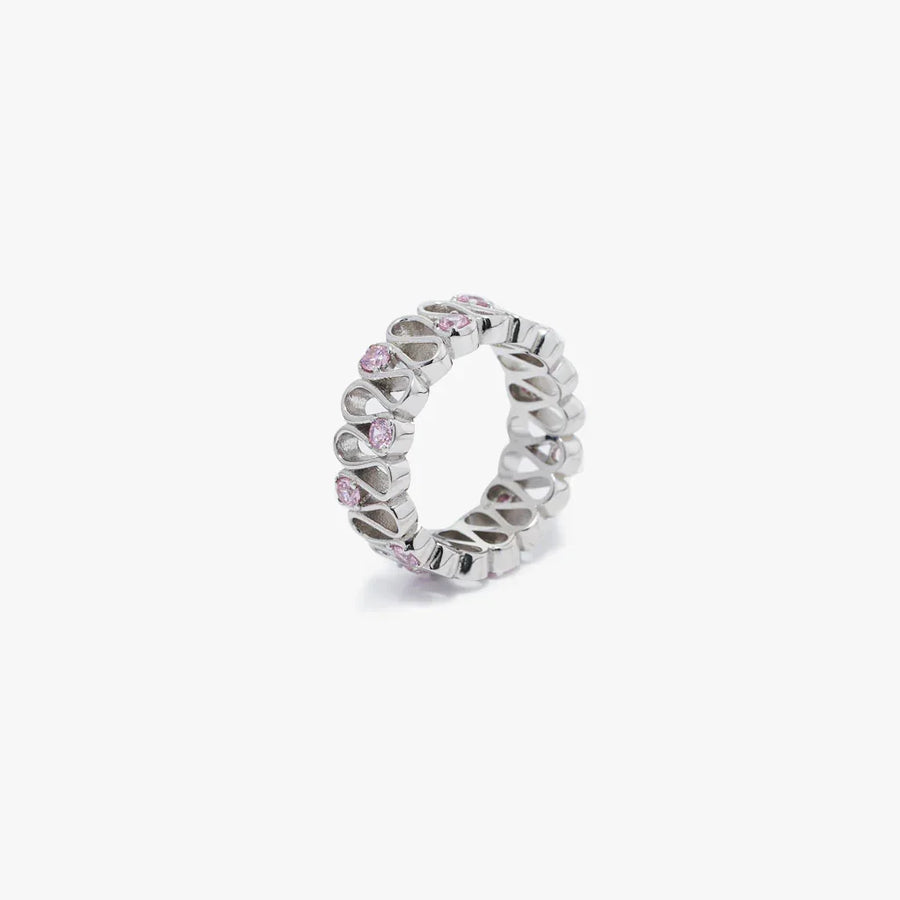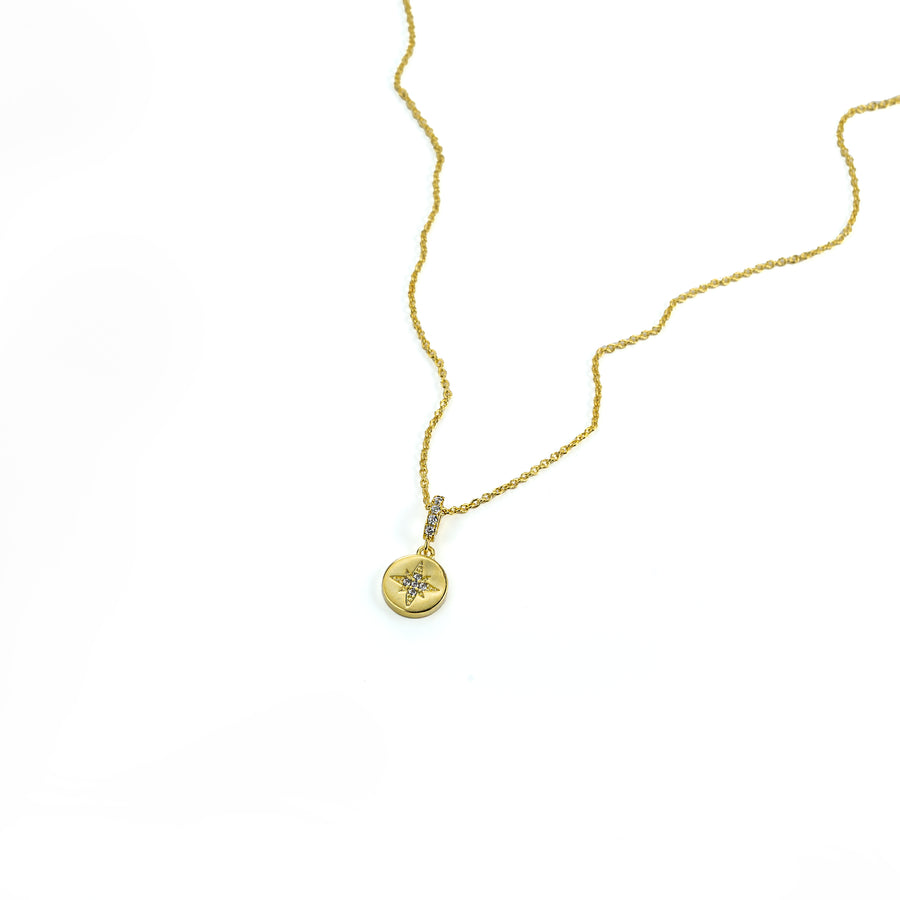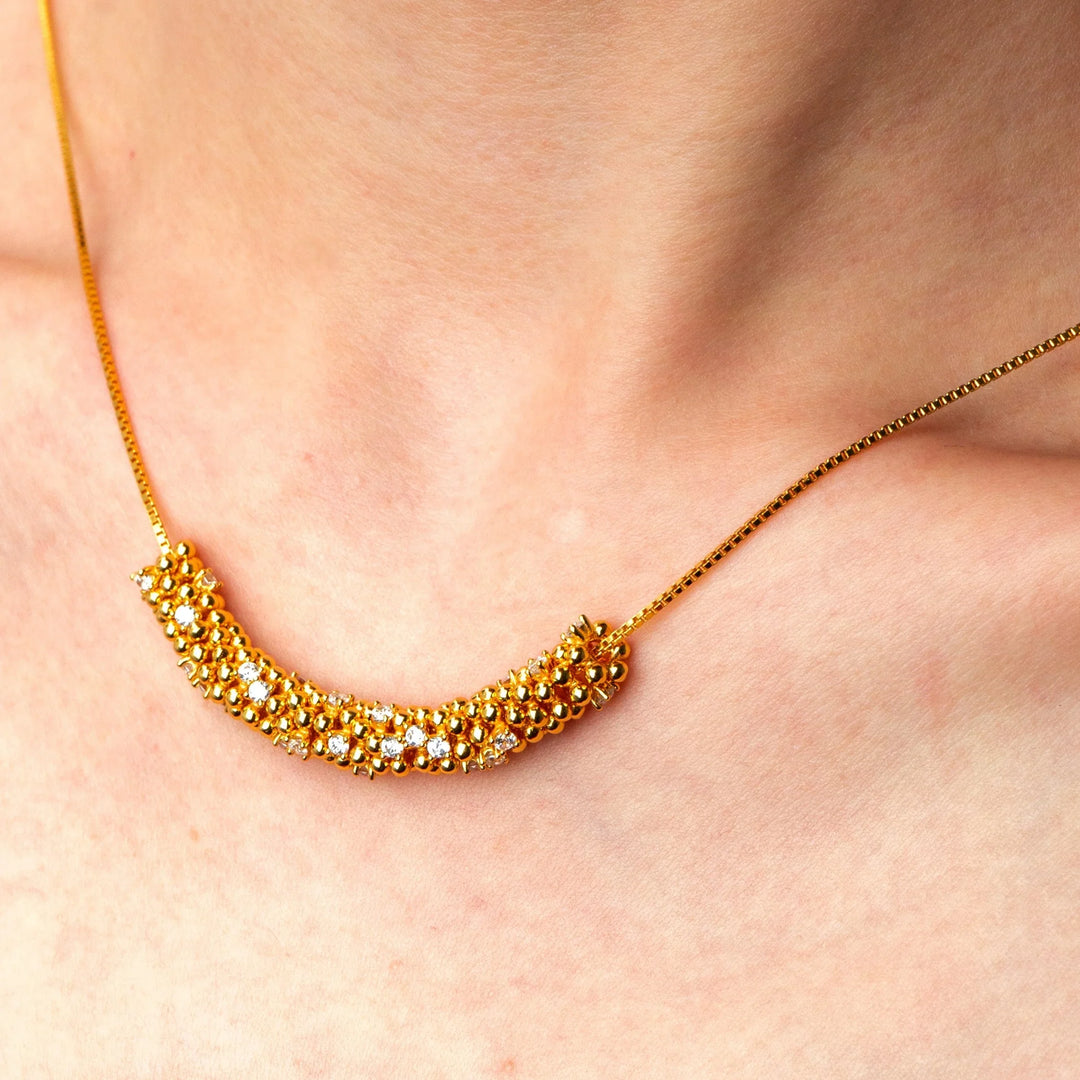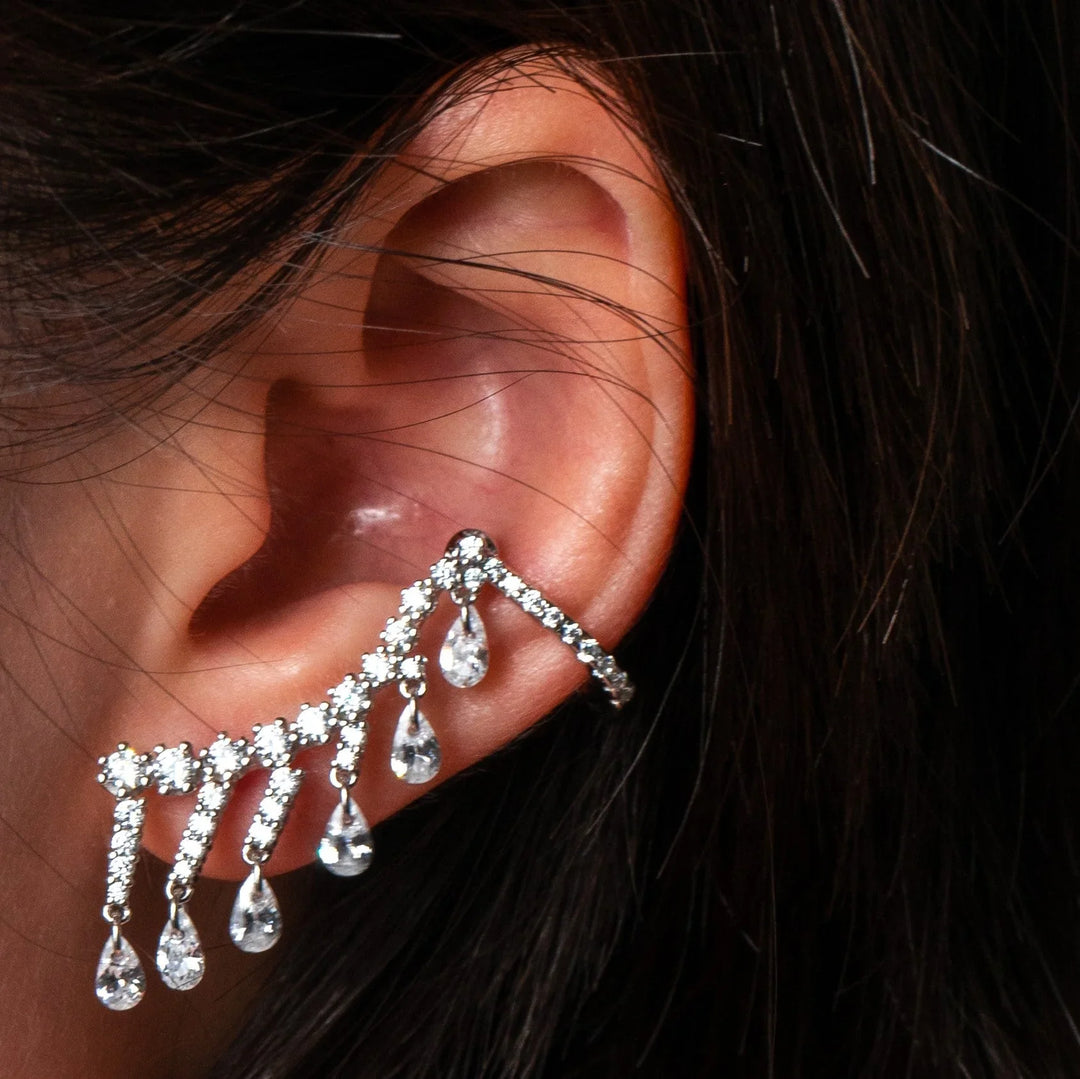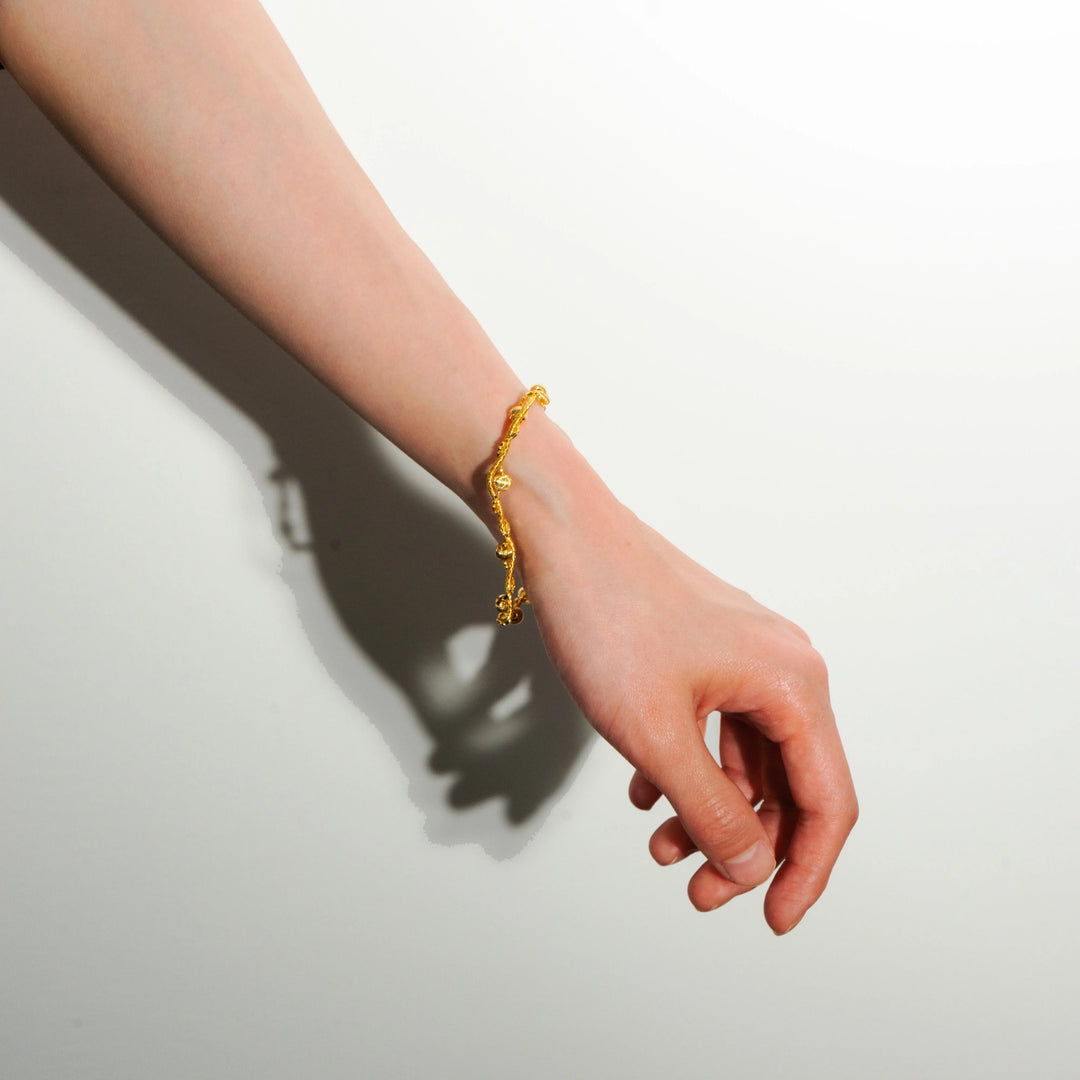The Ultimate DIY Guide: Jewelry Cleaning Hacks with Household Items
Every piece of jewelry holds a memory—a birthday, a graduation, or just a beautiful day out. But over time, the natural oils from your skin, sweat, lotions, and environmental dust can dull its sparkle, hiding that cherished brilliance. You might think you need expensive ultrasonic cleaners or harsh chemical dips to restore your favorites. Still, the truth is, the most powerful and effective jewelry cleaning hacks often reside right in your kitchen pantry.
Learning these simple, non-toxic techniques not only saves you money but also ensures you are using the safest methods for your precious metals and gemstones. From tackling stubborn tarnish on sterling silver to gently reviving the shine on your gold necklaces, this guide will provide you with the ultimate homemade solutions for a sparkling, like-new collection.
Why DIY is the Smartest Way to Shine (Cost and Safety)
Many commercial jewelry cleaners contain harsh ammonia or acidic compounds that can be effective but also pose risks, especially to plated jewelry, softer stones, and your skin. The primary goal of exploring homemade solutions is twofold: affordability and control.
By utilizing simple, everyday items like dish soap, baking soda, and vinegar, you retain complete control over the chemical composition of your cleaner. This allows you to tailor the solution precisely to the material you are cleaning. For example, a technique perfect for sturdy, solid gold might be disastrous for a delicate pearl. By adopting these cost-effective jewelry cleaning hacks, you're not just saving money; you're safeguarding the longevity of your collection. If you want to know more about the daily wear and tear your pieces face, read our simple guide on daily jewelry care tips.
The Tarnish Battle: Secrets to Silver Cleaning Success
Sterling silver is notorious for turning black or brownish—a process called tarnishing—due to its reaction with sulfur in the air. This often makes owners believe the piece is ruined, but the tarnish can be easily reversed with a fascinating chemical reaction right at home. This is the ultimate silver cleaning technique: The Aluminum Foil Bath.

The Aluminum Foil Bath Recipe
- Prep: Line a glass or ceramic bowl with aluminum foil, shiny side up.
- Mix: Fill the bowl with very hot (but not boiling) water. Add one tablespoon of baking soda and one tablespoon of salt. The chemical reaction is the core of this silver cleaning hack.
- Soak: Submerge your tarnished silver pieces, ensuring they touch the aluminum foil. The sulfur compounds (tarnish) will transfer from the silver to the aluminum via an ionic exchange.
- Finish: After 5-10 minutes, remove the jewelry. The tarnish will often have vanished. Rinse with cool water and buff dry with a soft cloth.
Note: This method should only be used on pure sterling silver, not on pieces with glued-in gemstones or soft stones. For more in-depth advice on restoring your silver, see our comprehensive guide on ultimate sterling silver jewelry care.
Bringing Back the Brilliance: Gold Polishing Without the Chemicals
Gold, whether solid or plated, does not tarnish like silver, but it loses its luster due to buildup—the oils, dust, and residue. The key to effective gold polishing is gentleness. You want to dissolve the grime, not scratch the metal.

The easiest and safest of the jewelry cleaning hacks for gold involves simple dish soap:
- Mix: Combine a few drops of mild dish soap (like Dawn or any non-detergent brand) with warm water in a small bowl. Avoid soaps with harsh chemicals or moisturizing agents, which can leave a residue.
- Soak: Let your gold pieces soak for 15-20 minutes. This allows the soapy water to penetrate the grime.
- Brush: Use a brand new, very soft-bristled toothbrush or a cotton swab to gently scrub behind settings and in crevices. The friction helps to lift the dirt.
- Rinse: Rinse thoroughly under clean, running water. Ensure all soap residue is gone to complete the gold polishing process.
- Dry: Pat dry with a lint-free cloth or let it air dry completely.
This technique is effective for all types of gold. However, if you are cleaning gold-plated items, remember to use safe tips and only scrub the piece very gently, as excessive friction can damage the plating. For details on how to clean your plated pieces without damaging the finish, consult our specific guide on cleaning gold jewelry at home.
The Secret Ingredient: Vinegar and Baking Soda Hacks
When discussing homemade solutions, vinegar and baking soda are the unsung heroes. Each has unique properties that can be leveraged for effective cleaning.
The Vinegar Solution (General Tarnish Removal)
For light surface tarnish on silver or to brighten gold, a simple vinegar bath works wonders. Submerge your pieces in a solution of one part distilled white vinegar and one part water for 10-15 minutes. This gentle acid helps to dissolve the surface oxidation. Rinse well and dry. Vinegar is one of the most reliable homemade solutions for quick maintenance.

The Baking Soda Paste (For Stubborn Grime)
For heavily soiled rings or bracelets where dirt is trapped in the crevices, a paste can provide the gentle abrasion needed. Mix baking soda with a tiny bit of water to form a thick paste. Apply the paste with a soft cloth and gently rub the metal. This is a very effective silver cleaning method for localized tarnish spots.
Remember to use safe tips when using pastes; only apply gentle pressure. If you are cleaning a piece of jewelry that you know is waterproof, such as many of our stainless steel items, the worry about rinsing is greatly minimized, but always use a soft touch. Read more about what defines waterproof jewelry to understand how their cleaning needs differ.
Safe Tips for Sensitive Stones (Pearls and Opals)
Not every piece of jewelry can handle the chemical reactions or prolonged soaking that make many jewelry cleaning hacks effective. Certain organic and porous stones require the utmost care. This is a critical point for employing safe tips.

- Pearls: Never submerge pearls in water or acidic solutions (like vinegar). Water can weaken the silk string they are often strung on, and acids will dull the nacre (the shiny coating). Instead, wipe them gently with a damp cloth immediately after wearing, then lay them flat to dry. For comprehensive advice on preserving their luster, refer to our detailed pearl jewelry guide.
- Opals, Turquoise, and Amber: These porous stones can absorb water and chemicals, leading to cloudiness or cracking. Clean them only with a soft, dry cloth. Never use an ultrasonic cleaner or prolonged soaking.
For pieces made of non-porous materials, such as resin and acrylic jewelry, cleaning is much simpler and usually requires just soap and water. Always know the material of your piece before applying any cleaning solution.
H2: The Ultimate DIY Jewelry Cleaner Recipe Summary
To quickly reference the most powerful jewelry cleaning hacks, here is a summary table detailing the best homemade solutions for your various pieces:
| Jewelry Type | Primary Household Cleaner | Method Summary | Important Safe Tips |
| Sterling Silver (Tarnished) | Baking Soda & Aluminum Foil | Line bowl with foil, add hot water, 1 tbsp salt & baking soda. Soak 5-10 min. | Do not use on porous stones or glued settings. |
| Solid/Plated Gold | Mild Dish Soap | Soak in a warm water/soap mixture for 20 min. Gently scrub with a soft brush. | Always rinse thoroughly to complete the gold polishing process and remove all film. |
| Gemstones (Diamonds, Sapphires) | Vodka or Window Cleaner (Ammonia-Free) | Spray or soak briefly (ensure settings are secure). Brush lightly and rinse well. | Never use this solution on soft or porous stones (pearls/opals). |
| Costume/Fashion Jewelry | Mild Soap & Water (Minimal Soak) | Dip quickly in soapy water, wipe immediately. | Minimize water exposure to prevent glue failure and plating deterioration. |
Tools of the Trade: Beyond the Kitchen Sink
While the solutions themselves come from the kitchen, the tools you use are just as important for success. Employing the right tools is essential for executing the safe tips we’ve discussed.
- Soft Brushes: Always use a new, very soft children’s toothbrush or a dedicated jewelry brush. Hard bristles can cause micro-scratches on gold or sterling silver, counteracting your effort at gold polishing.
- Microfiber Cloths: These are lint-free and highly absorbent, making them perfect for drying and giving your pieces a final buff. Avoid using paper towels or tissues, which can leave microscopic fibers or scratch the surface.
- Cotton Swabs: Excellent for reaching tight spots, like around a gemstone setting or clasp.
Prevention is the Best Polisher: Post-Cleaning Care
Once your collection is sparkling, the final and most crucial step in extending the life of your jewelry is prevention. The best jewelry cleaning hacks are the ones you don't have to use frequently!
- Storage: Always store your jewelry away from light, heat, and moisture, which accelerate tarnish. Air is the enemy of silver! Using airtight bags or boxes is one of the most effective safe tips for storage. Get inspired with our guide on jewelry storage ideas for small spaces.
- Daily Habits: Put your jewelry on last (after makeup, perfume, and lotion) and take it off first. This minimizes the buildup of chemicals.
- Avoid Tarnish: If you find your sterling silver tarnishing quickly, wearing it often can actually slow the process, as the oils from your skin gently polish it. However, always wipe it down afterward to maintain that beautiful shine. For long-term prevention, read our article on how to keep silver jewelry shiny and prevent tarnish.
Conclusion
You now have a powerful arsenal of jewelry cleaning hacks powered by simple homemade solutions. Mastering the DIY approach not only saves money but also gives you the confidence to protect your precious items. Whether you are using baking soda for intensive silver cleaning or mild soap for delicate gold polishing, remember that gentleness and thorough rinsing are the keys to longevity. By following these safe tips, you can ensure your favorite pieces retain their sparkle and remain cherished additions to your collection for years to come.
Shine with confidence.
Let every piece tell your story.
Celebrate the art of personal style. 🌿
FAQs:
Q: Why should I avoid cleaning jewelry with toothpaste?
A: Toothpaste, even the gel kind, contains mild abrasive agents designed to scrub enamel. When used on soft metals like gold or silver, these abrasives can cause microscopic scratches over time, dulling the metal's finish. It is much safer to use gentler homemade solutions like mild dish soap or baking soda paste.
Q: Is the baking soda and aluminum foil method safe for all sterling silver?
A: The aluminum foil bath is highly effective for reversing tarnish on most pure sterling silver pieces. However, it should not be used on "antiqued" or artificially oxidized silver pieces, as the process removes the dark patina intentionally applied by jewelers. Use standard soapy water for cleaning these special pieces.
Q: What materials should absolutely "Do Not Soak" when using homemade solutions?
A: Never fully submerge or prolongedly soak porous materials such as pearls, opals, coral, or turquoise, as they can absorb water and chemicals, leading to internal damage, cloudiness, or discoloration. Also, avoid soaking costume jewelry with glued components, as it can dissolve the adhesive.
Q: Are homemade solutions better than professional ultrasonic cleaning?
A: Homemade solutions are safer and better for most daily cleaning, especially for delicate or plated jewelry. Ultrasonic cleaners are powerful and excellent for securely set diamonds or non-porous pieces, but their strong vibrations can loosen settings or damage softer stones, making the DIY approach the preferred safe tips method for general maintenance.
Q: What is the fastest daily hack to restore surface shine?
A: The quickest jewelry cleaning hack is a simple wipe-down. Use a soft, lint-free microfiber cloth or a dedicated jewelry polishing cloth to quickly buff away oils and light grime immediately after wearing. This routine prevents the need for deep silver cleaning or gold polishing later on.
📚 References & Further Reading:
- Jewelry Cleaning Safety Guidelines. Before attempting any DIY cleaning method, it is crucial to understand which chemicals are safe for which stones. For detailed advice on cleaning every type of precious material, consult the comprehensive guide from the Gemological Institute of America (GIA) on jewelry care.
- The Science of Tarnish. Tarnish on silver is a chemical process caused by sulfur and oxidation. To learn the scientific principles behind why your silver cleaning hacks work (specifically the ionic reaction with aluminum), explore the Wikipedia entry detailing the chemistry of Tarnish.
- General Advice on Homemade Cleaners. For a broader consensus on the efficacy and safe tips for common homemade solutions like vinegar and dish soap on various metals, review the general cleaning recommendations provided by the Jewelers of America (JA) trade organization. (Note: JA is a leading trade body for credibility.)







